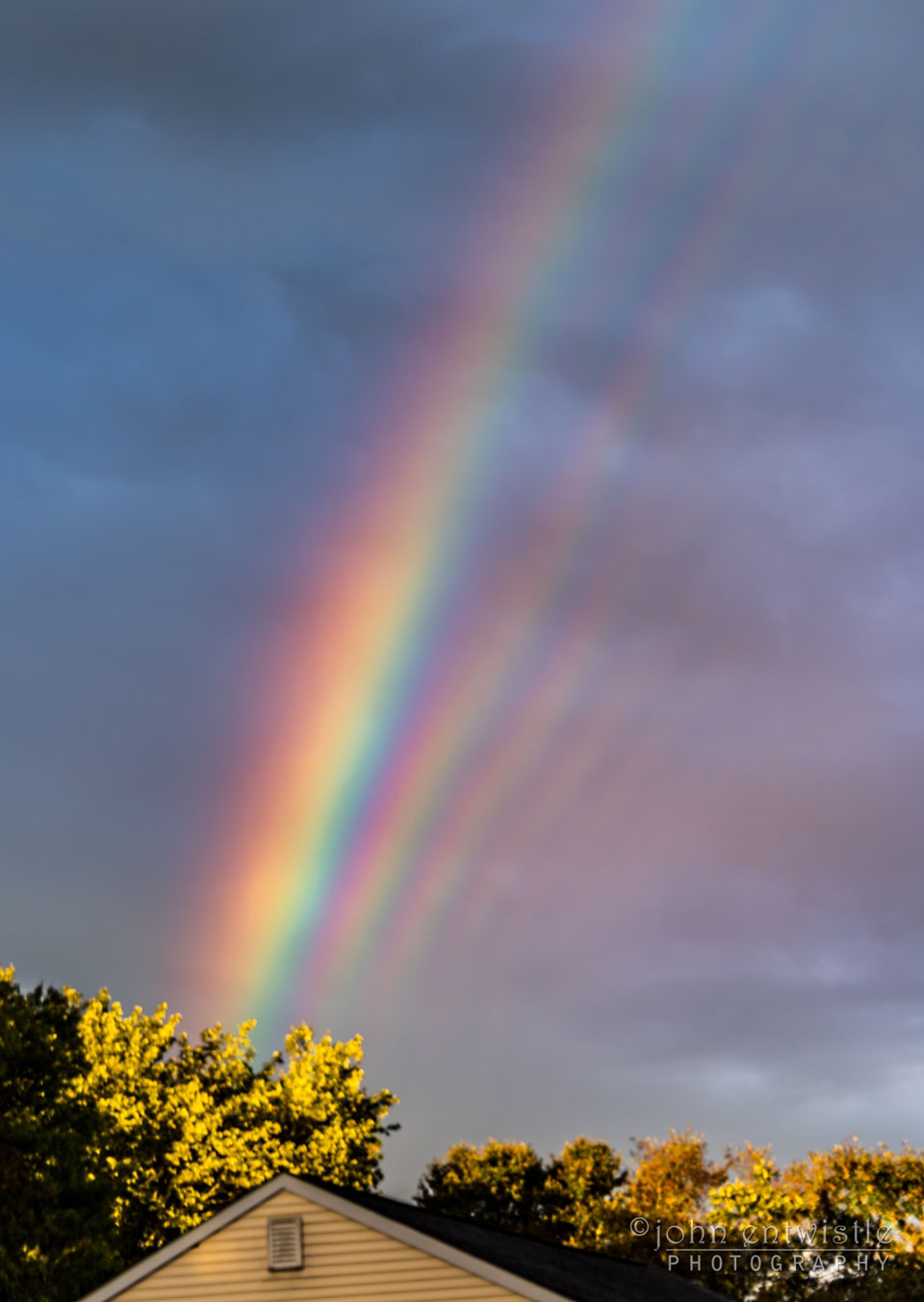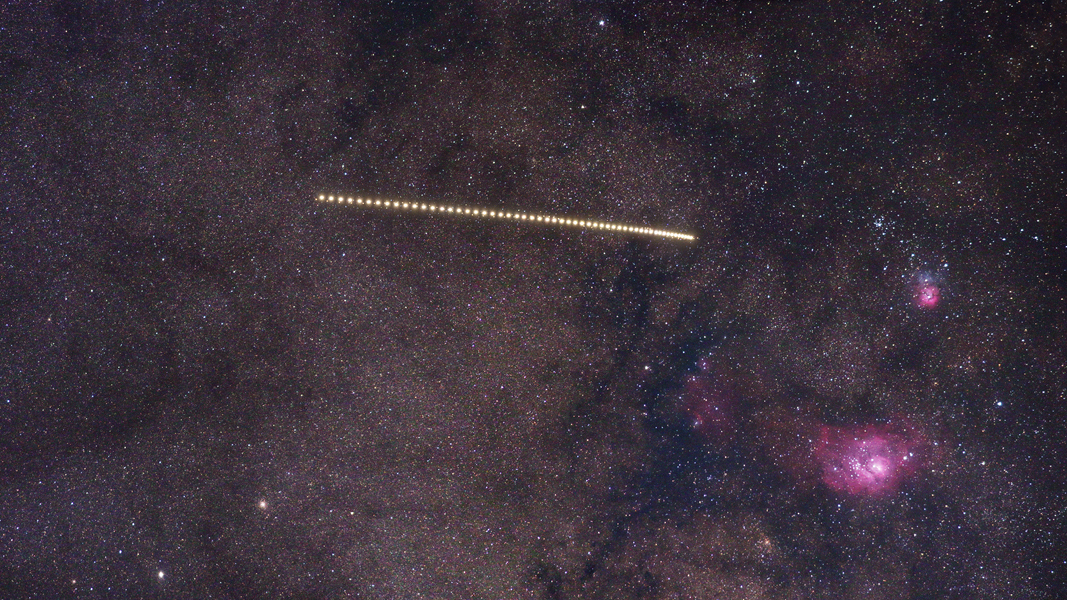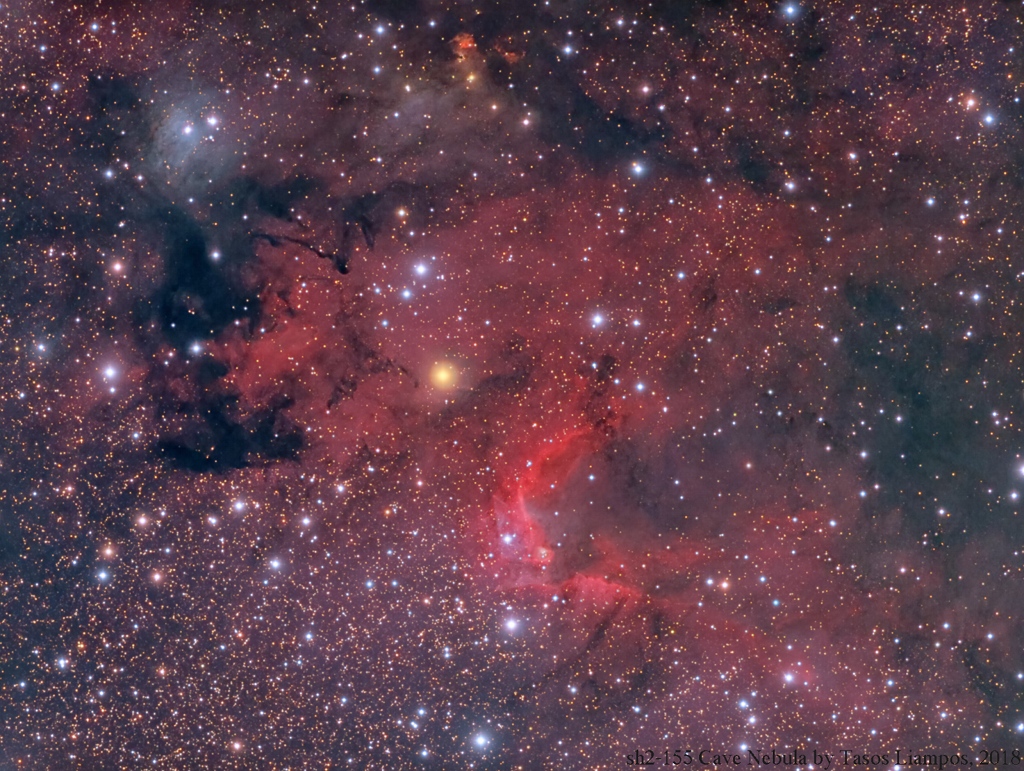
Supernumerary Rainbows over New Jersey



NASA will air a recorded message from Administrator Jim Bridenstine at 1 p.m. EDT Monday, Oct. 1 to commemorate the agency’s founding 60 years ago. The message will be broadcast live on NASA Television and the agency’s website.
from NASA https://ift.tt/2NL5v7w
via IFTTT![]()
NASA is celebrating the conclusion of its Year of Education on Station (YES) initiative with a final educational Earth-to-space call, allowing students and others to speak to an astronaut living and working aboard the International Space Station.
from NASA https://ift.tt/2N4V4GI
via IFTTT![]()


NASA has awarded a contract to the University of Alaska at Fairbanks for the continued development and operation of the Synthetic Aperture Radar (SAR) Distributed Active Archive Center (DAAC) for NASA’s Earth Observing System Data and Information System.
from NASA https://ift.tt/2xHGTSX
via IFTTT![]()
NASA has awarded a contract to Brevard Achievement Center, Inc., of Rockledge, Florida, for custodial services at the agency’s Kennedy Space Center in Florida.
from NASA https://ift.tt/2NL0trC
via IFTTT![]()